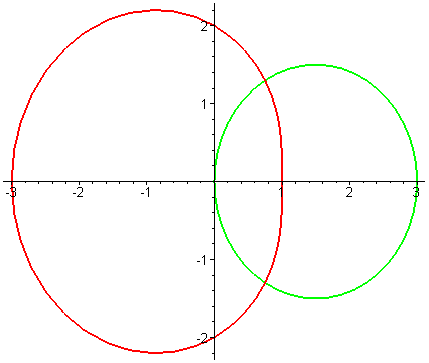uberathlete
New member
- Joined
- Jan 16, 2006
- Messages
- 48
Hi everyone. I've come up with a solution for a problem but I'm not very sure if it makes sense. If someone could check it, it would be greatly appreciated.
Please click the link for the problem and my solution:
http://www.geocities.com/uberathlete/index.htm
Thank you!
Please click the link for the problem and my solution:
http://www.geocities.com/uberathlete/index.htm
Thank you!


